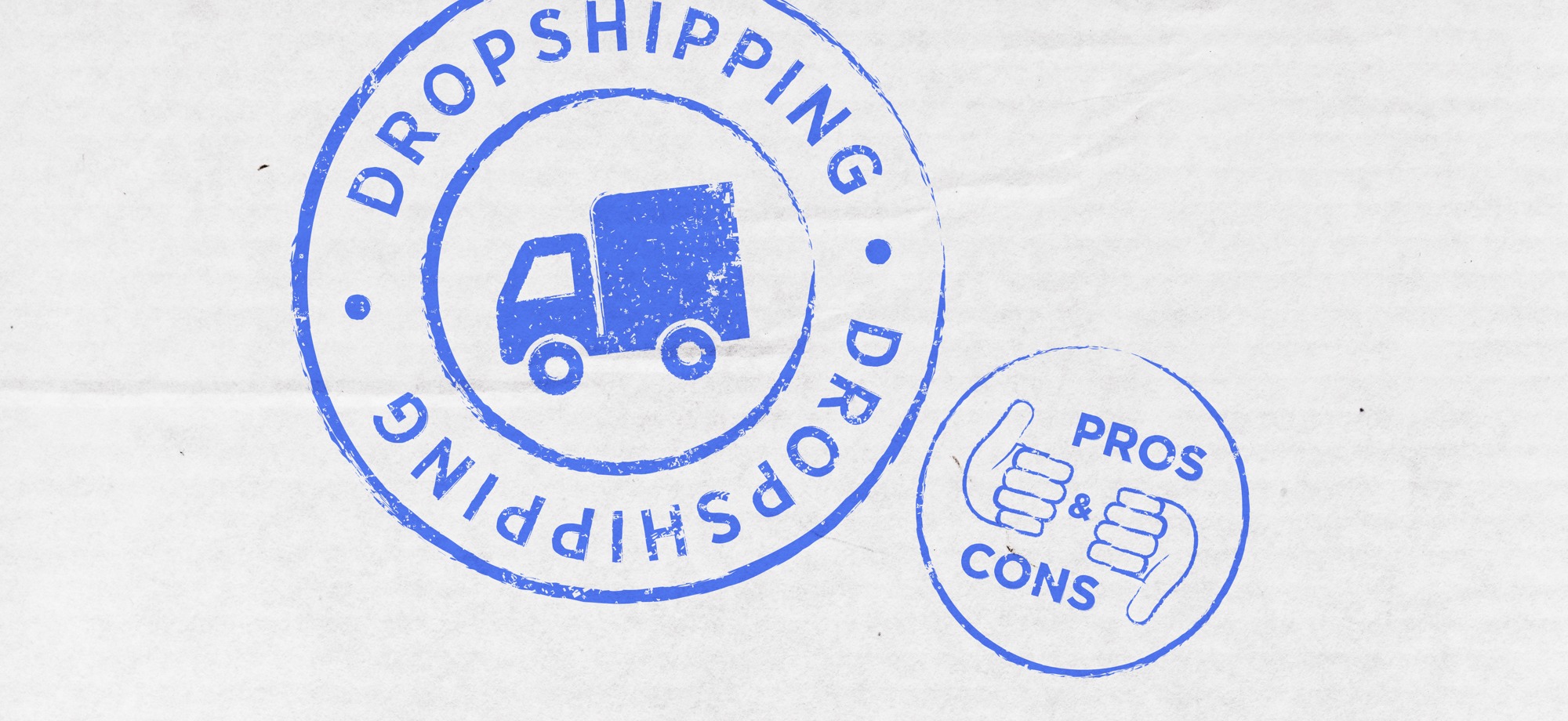
In the previous article, we uncovered what is included in a dropshipping process and the costs required for starting up a dropshipping business. Today, we are finding out the answer to the question: “What are dropshipping pros and cons?”.
Menu:
1. PROS OF DROPSHIPPING
1.1. Easy to startup
It is easy to start up a dropshipping business because it doesn’t require sellers to have a lot of specialized knowledge and build warehouses. All sellers have to do is to select the right niche markets/products, to build an e-commerce store, and to launch marketing campaigns to boost sales.
In addition, sellers don’t have to be a master developer to build a website/online store. Today there are e-commerce platforms that support them from creating a website to optimizing it. Most services and tools they offer are easy to use.
1.2. Low entry barrier and no overhead costs
Building a brick-and-mortar store and stocking products cost a lot of money. By contrast, creating an online store and partnering with dropshipping suppliers are much more affordable. In addition, sellers do not have to build warehouses and spend dollars on stock management. Also, overhead costs (e.g. heating, renting, or cleaning) is no longer needed. Consequently, sellers can allocate all of their financial resources for other business priorities such as product promotion.
1.3. Diversified product and supplier options
Dropshipping sellers don’t have to stick to certain types of products as there are tons of product types as well as suppliers on the market. Similarly, it is easier for sellers to find different suppliers for a product category. The features allow sellers to up-sell and cross-sell easily as customers have plentiful product options.
2. CONS OF DROPSHIPPING
2.1. Limited profit margin
Retail prices offered by dropshipping suppliers are often higher than bulk prices (offered by wholesalers). So, the input cost is often high.
In addition, sellers are responsible for selling products only, while suppliers are in charge of manufacturing, packing, and shipping the products to end-customers. They take more responsibility, so their profit share per each order is more than sellers’.
Besides, sellers cannot sell their products at too expensive prices because most customers prefer cheap products.
For those reasons, the dropshipping profit margin is limited.
2.2. Unable to control product quality
In the dropshipping business, products don’t actually go through sellers’ hands but go directly from suppliers to end-customers. That is the reason why sellers cannot control their product quality.
2.3. Competitive market
The entry barrier to enter the dropshipping niche is quite low, so the number of rivals is large. Additionally, products are not unique because sellers neither manufacture them by themselves nor force wholesalers to supply products for them only.
2.4. Responsible for suppliers’ mistakes
As mentioned above, sellers are in charge of selling products only, and suppliers manufacture, pack, and deliver products to end customers. So, suppliers are more likely to make mistakes than sellers. However, from the customer perspectives, every product error is the sellers’ responsibility. Once customers are disappointed, it may result in complaints, which affects store reputation and reduce customer retention. Therefore, keep in mind to partner with reliable suppliers only.





